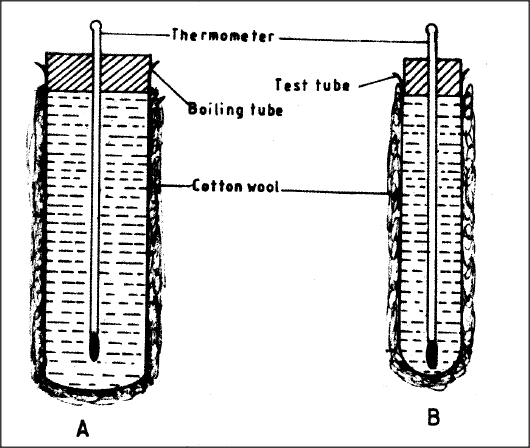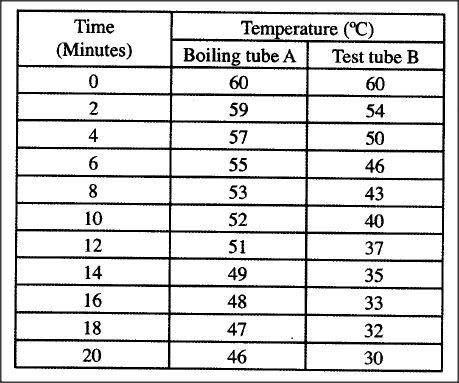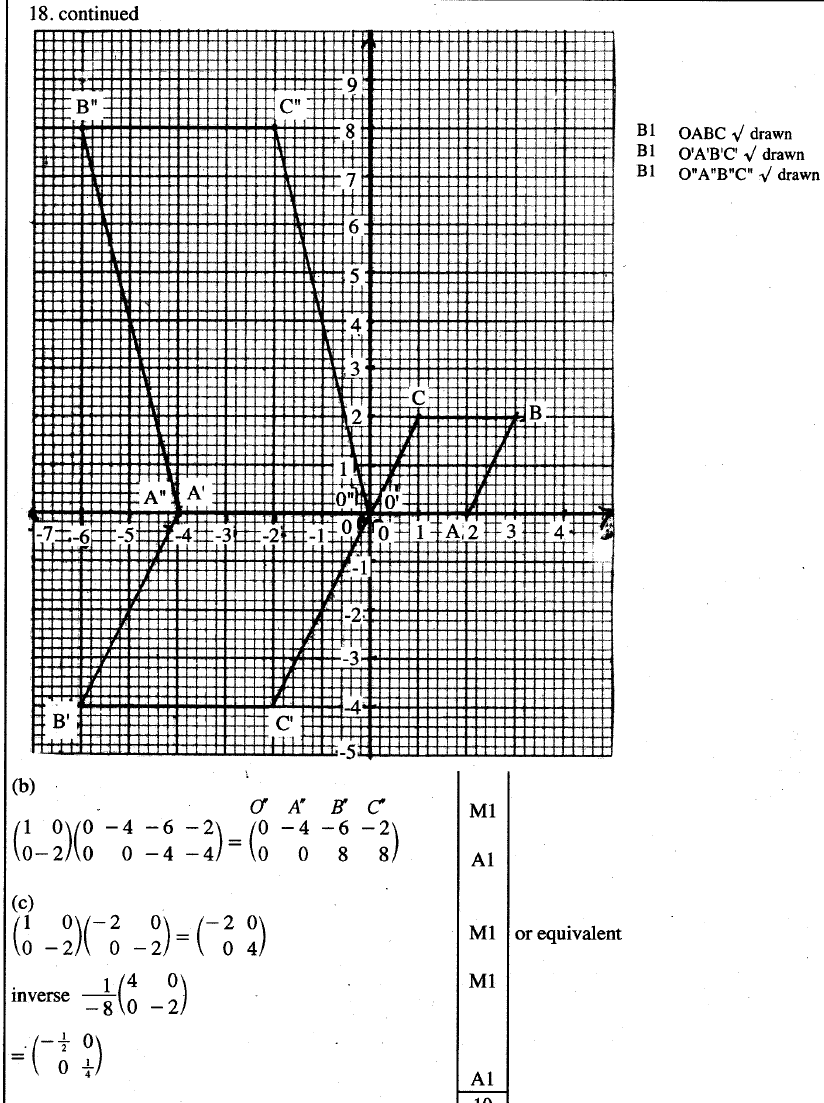Mastering KCSE Biology with Comprehensive Topical Questions and Answers
K.C.S.E Biology Q & A - MODEL 2010PP2QN06
In an experiment to investigate a certain physiological process, a boiling tube labelled A and a test tube labelled B were covered with cotton wool. The two tubes were simultaneously filled with hot water and fitted with thermometers. The experimental set-up was as in the diagrams below.
Temperature readings were taken at the start and after every two minutes for twenty minutes. The results were as shown in the table below.
(a) Using the same axes, draw graphs of temperature against time.
(b) (i) Work out the rate of heat loss in the boiling tube labelled A and test-tube labelled B between the 5th and 15th minutes. A B (ii) Account for the answers in (b) (i) above. (iii) How does the explanation in (b) (ii) above apply to an elephant and a rat? (c) (i) State the role of the cotton wool in this experiment. , (ii) Name two structures in mammals that play the role stated in (c) (i) above. (d) State three advantages of having constant body temperature in mammals.
ANSWERS
(b) (i) A: 56—48.5 7.5C
7.5C/10 Minutes ; = 0.75C Per Minute; ±0.05 B: 48-34=14C 14C/10 Minutes ; =1.4C Per Minute; ±0.05 (ii) B has a larger surface area to volume ratio; making it to lose heat to the surrounding faster; (the converse is true) (iii) A rat has larger surface area to volume ratio compared to an elephant; making the rat to lose heat at a faster rate than an elephant; (c)(i) Insulation/insulate against heat loss; (to surrounding); (ii) Subcutaneous fat layer / adipose tissue; Fur / hair; . (d) Are active always; (even under very cold conditions) Are able to escape from predators/search for mates/food; (because they are active always) Can survive in a wide variety of habitats: (both cold and hot)
0 Comments
Leave a Reply. |
Archives
December 2024
Categories
All
TOPICSFORM 1
Form 2
Form 3
Form 4
|
We Would Love to Have You Visit Soon! |
Hours24 HR Service
|
Telephone0728 450425
|
|
8-4-4 materialsLevels
Subjects
|
cbc materialsE.C.D.E
Lower Primary
Upper Primary
Lower Secondary
Upper Secondary
|
teacher support
Other Blogs
|










 RSS Feed
RSS Feed